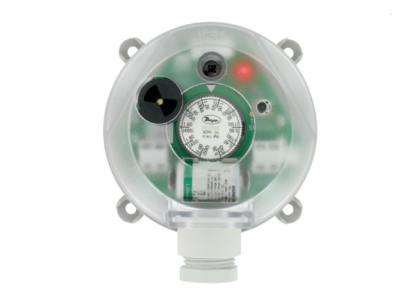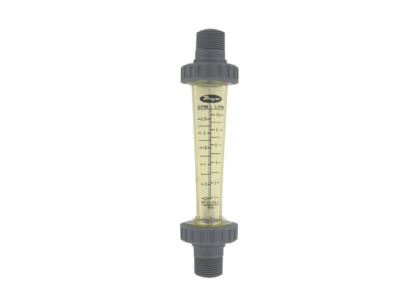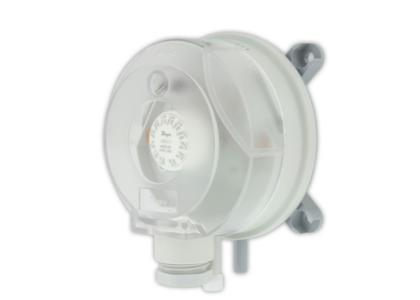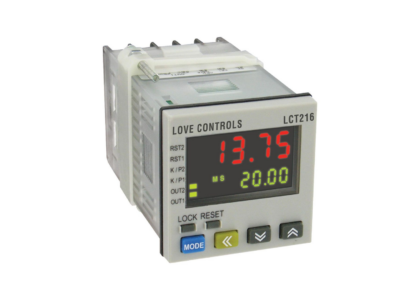What is an Anemometer?
An anemometer is an instrument that measures the speed of air or gas flow. It can be used in both confined and uncontained environments, such as air ducts and atmospheric wind. Anemometers work by detecting changes in the physical properties of the gas or the effect of the gas flow on a mechanical device placed within it.

Types of Anemometers
There are several types of anemometers, each suited for different applications:
- Vane anemometers: These use a rotating arm with cups or vanes to measure wind speed in a horizontal plane.
- Thermal anemometers: These measure the cooling effect of air flow on a heated wire to determine velocity. They are ideal for measuring low velocities and turbulent flows.
- Cup anemometers: These are the classic wind speed instruments with three or four hemispherical cups that rotate proportionally to wind speed. They are simple and reliable but may not be accurate at low speeds.
- Hot-wire anemometers: These are a type of thermal anemometer using an extremely fine wire to achieve high-frequency response and fine spatial resolution for detailed flow studies.
Choosing the Right Anemometer
When selecting an anemometer, consider these factors:
- Application: What are you measuring (wind speed, air flow in a duct, etc.)?
- Accuracy requirements: How precise does the measurement need to be?
- Flow conditions: Is the flow steady or turbulent?
- Environmental factors: Will the anemometer be exposed to extreme temperatures, humidity, or dust?
Applications of Anemometers
Anemometers play a crucial role in various fields:
- Meteorology: Measuring wind speed and direction for weather forecasting.
- Environmental science: Studying air quality and pollution dispersion.
- Aerodynamics: Testing the performance of airplanes, wind turbines, and other vehicles.
- Building ventilation: Ensuring proper air circulation in buildings.
- Industrial processes: Monitoring air flow in factories and other industrial settings.
Anemometer History: From Early Designs to Modern Technology
The term “anemometer” comes from the Greek words “anemos” (wind) and “metron” (measure). The concept dates back to the 15th century with the development of mechanical anemometers for wind speed measurement. Modern anemometers offer a wider range of options, from basic cup anemometers to sophisticated thermal probes for detailed flow analysis.



